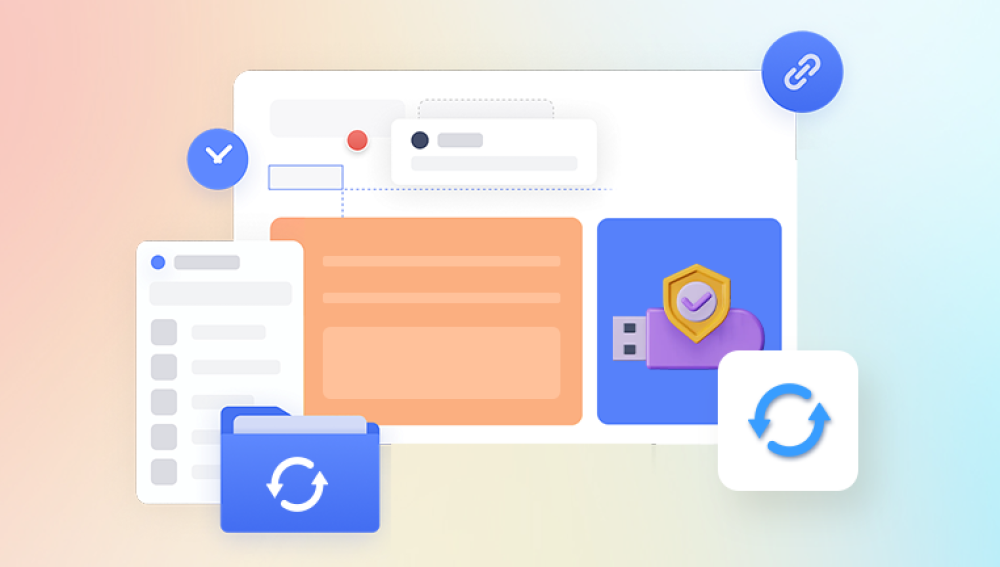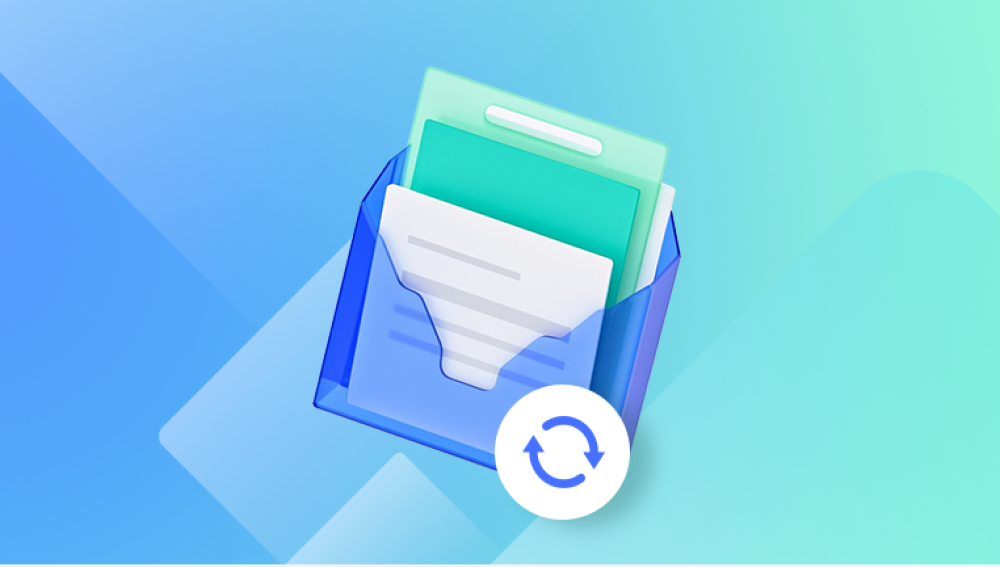Losing data from a USB drive can be a distressing experience, but with the right tools and techniques, there's a good chance of retrieving those precious files. Here's a step-by-step guide on how to recover deleted files from a USB drive.
1. Stop Using the USB Drive Immediately
The first and most crucial step is to stop using the USB drive immediately after realizing you've deleted important files. Any further write operations to the drive could overwrite the deleted files, making them unrecoverable.
2. Check for System Backups
If you have regularly backed up your USB drive's contents, check your backup system first. You might find the deleted files in a previous backup version and restore them from there.
3. Use Data Recovery Software
If backups are not available, you can turn to data recovery software.The following takes the operation of Panda data recovery software as an example.
USB flash drive recovery steps:
Step 1: Select USB flash drive/memory card recovery
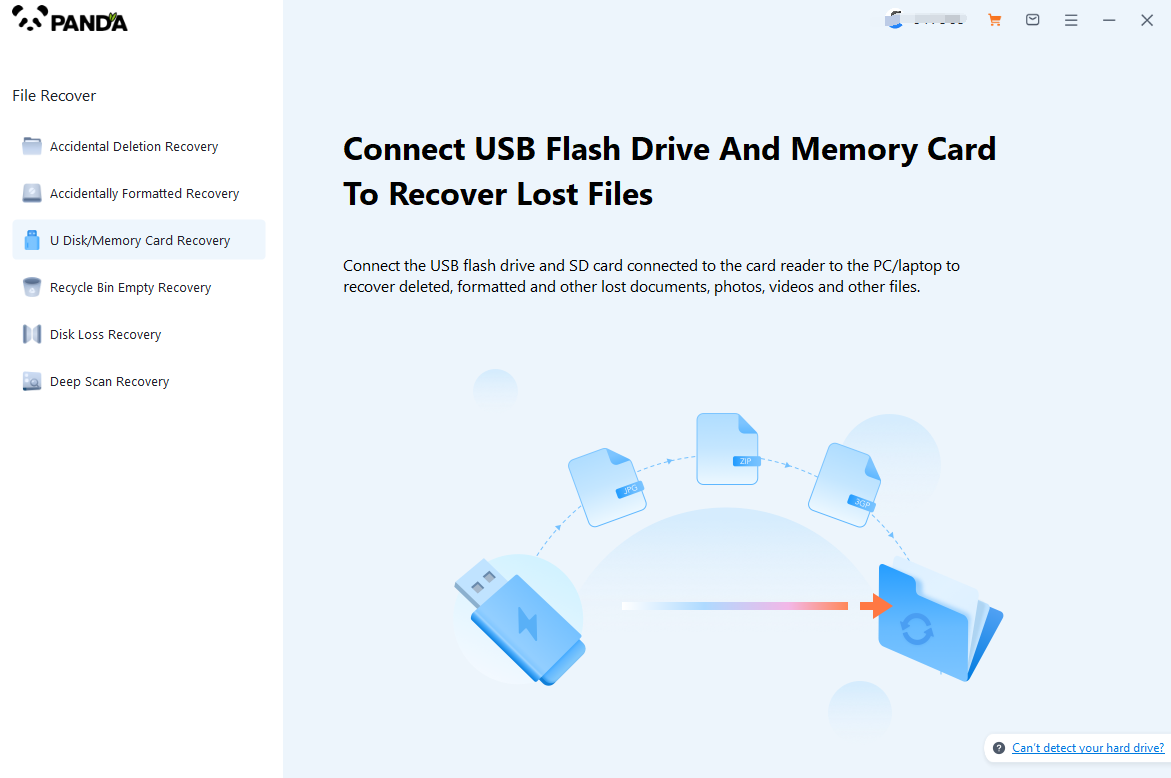
If you choose U disk recovery, you need to insert the U disk into the computer in advance, otherwise it will not be recognized.
Step 2: Select USB flash drive
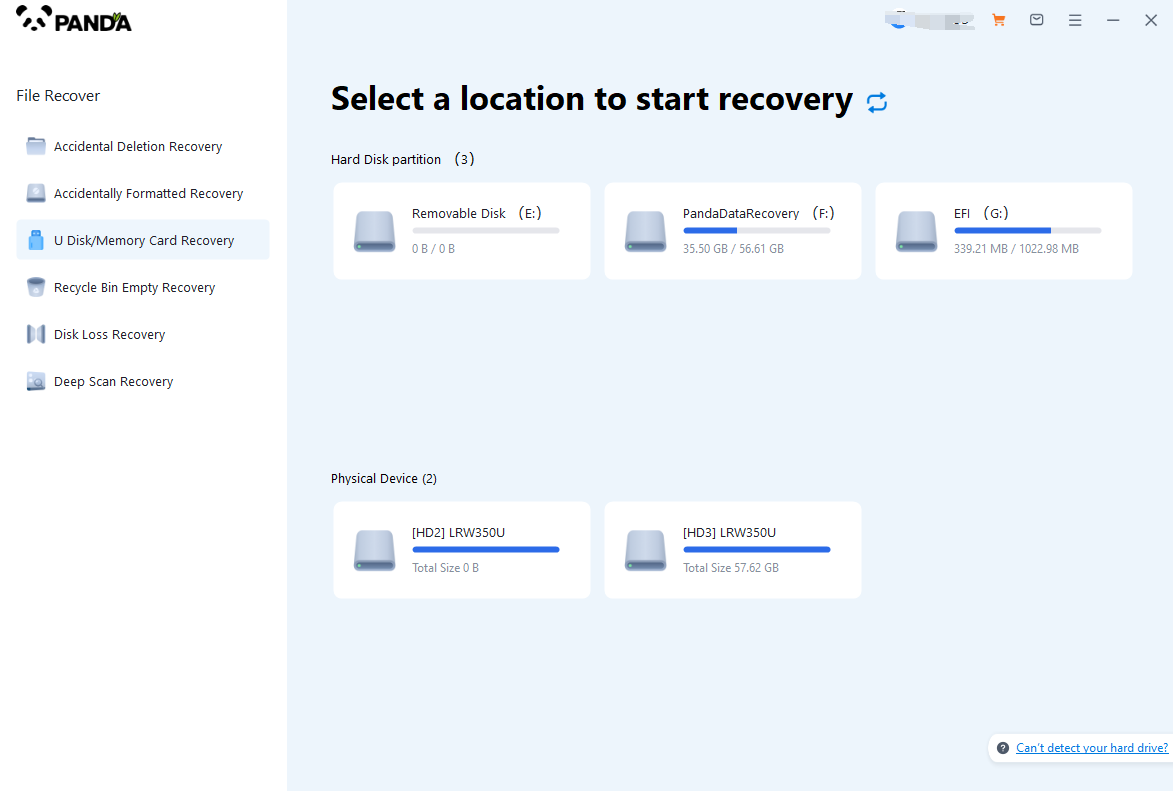
Select your USB flash drive and click Start Scan.
The third step is to scan the USB flash drive
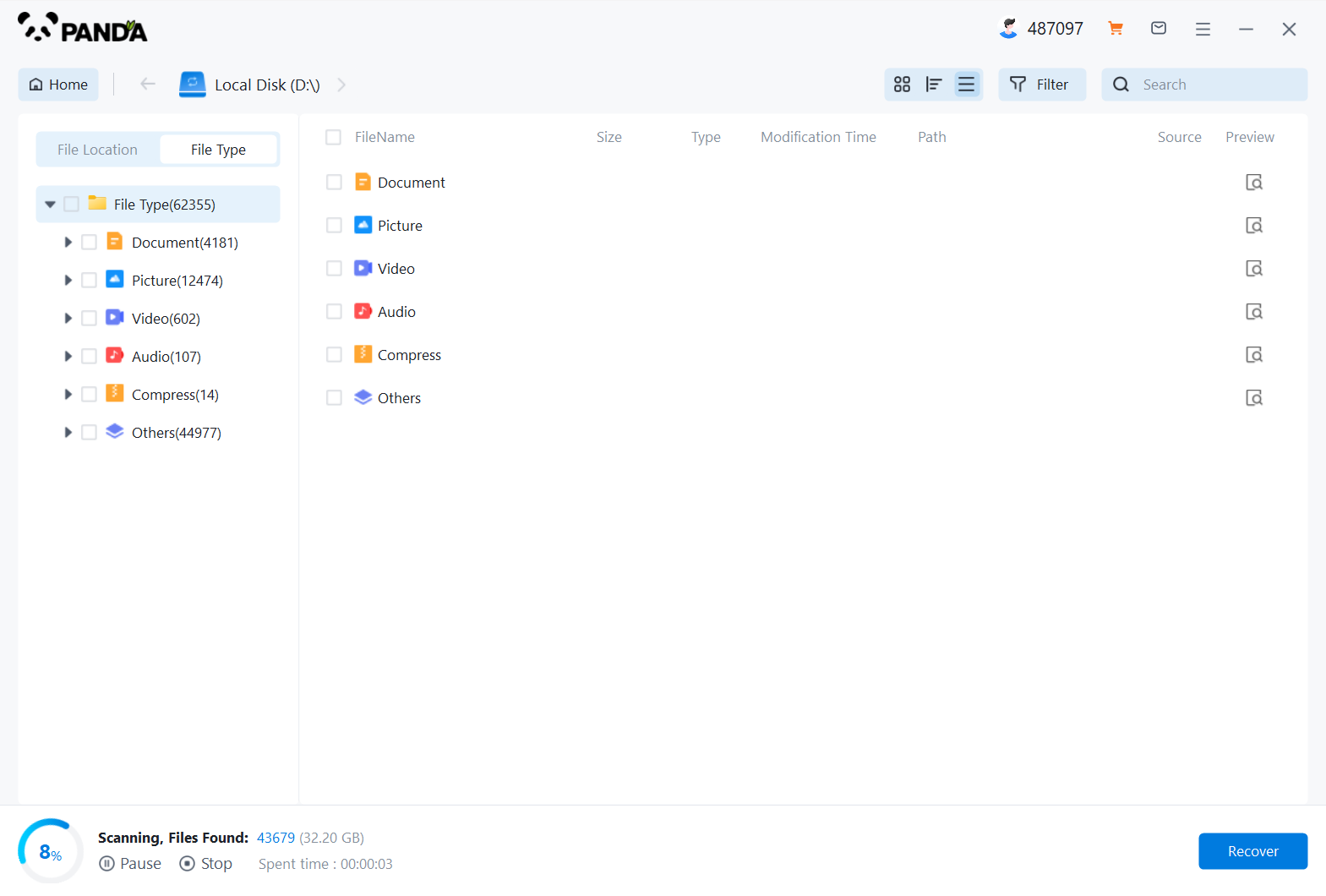
It will take time to scan the documents, so please be patient.
Step 4: Find the file
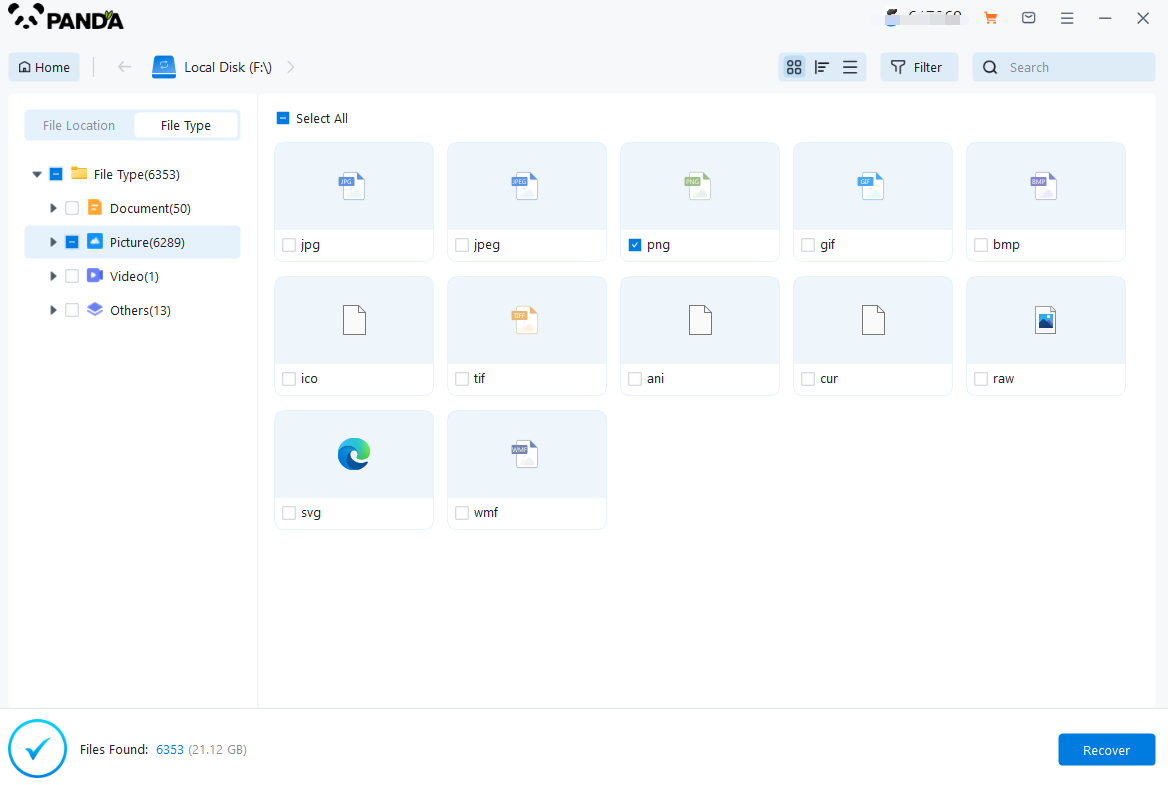
After the scan is complete, you can search for files or folders to find them.
Step 5: Preview
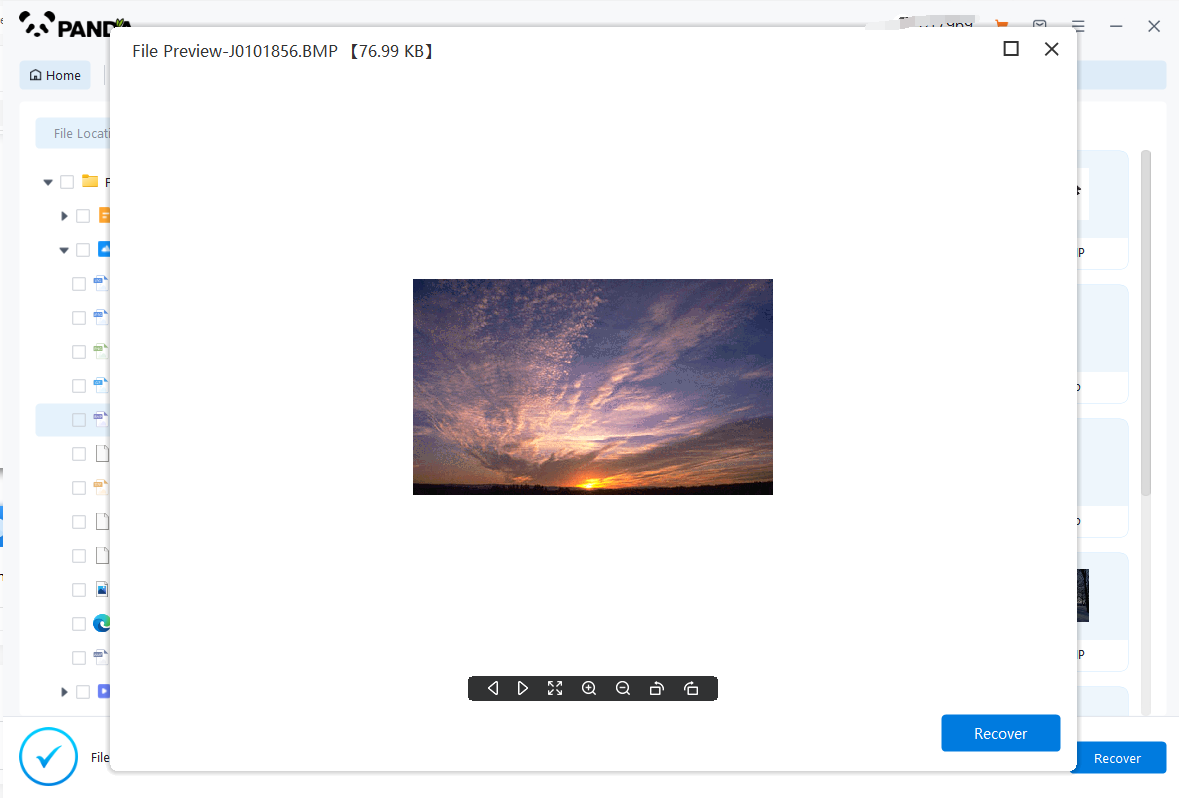
Double-click on the file to preview it, preview is a way to know in advance whether the file is normal, so be sure to preview first, so as not to recover the file damaged and don't know.
Step 6: Recover the files
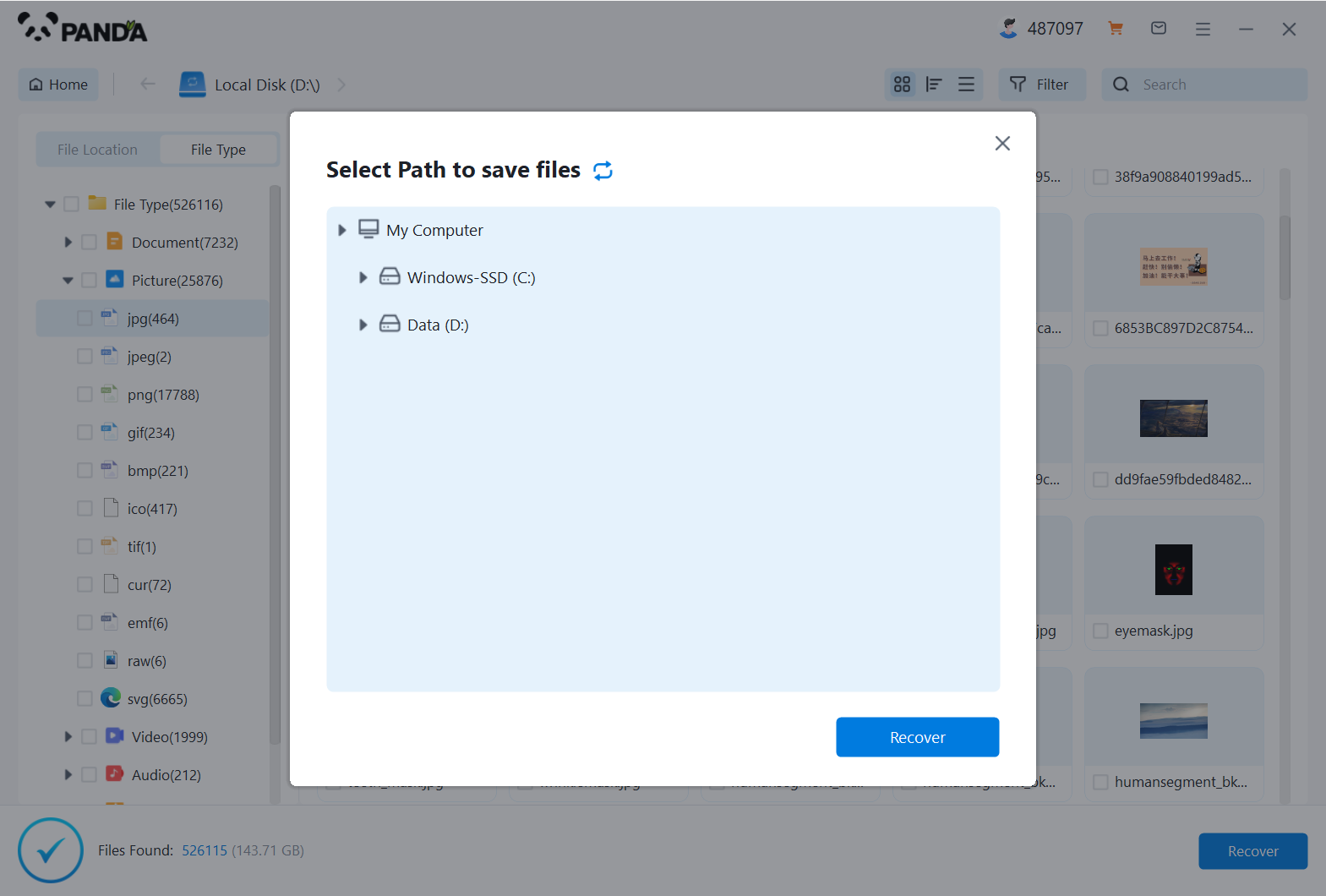
Tick the files and click Recover on it.
4. Try System Restore Points (If Available)
If you're using a Windows operating system and have enabled System Restore Points, you can try to recover files from a previous restore point. This feature allows you to roll back your system to a previous state, including the USB drive's contents. However, this method is only effective if you've created a restore point before deleting the files.
5. Contact a Professional Data Recovery Service
If the above methods don't work, you can consider contacting a professional data recovery service. These services have specialized tools and expertise to handle complex data loss situations. They can often recover files even when other methods fail.
6. Prevention Measures
To avoid data loss in the future, here are some prevention measures you can take:
- Regularly back up your USB drive's contents to a secure location.
- Use a reliable antivirus program to protect your USB drive from viruses and malware.
- Avoid deleting files without first checking their importance.
- Consider using file synchronization software to automatically back up your files to another location.
By following these steps and taking preventive measures, you can minimize the risk of data loss from your USB drive and ensure that your important files are always recoverable.




